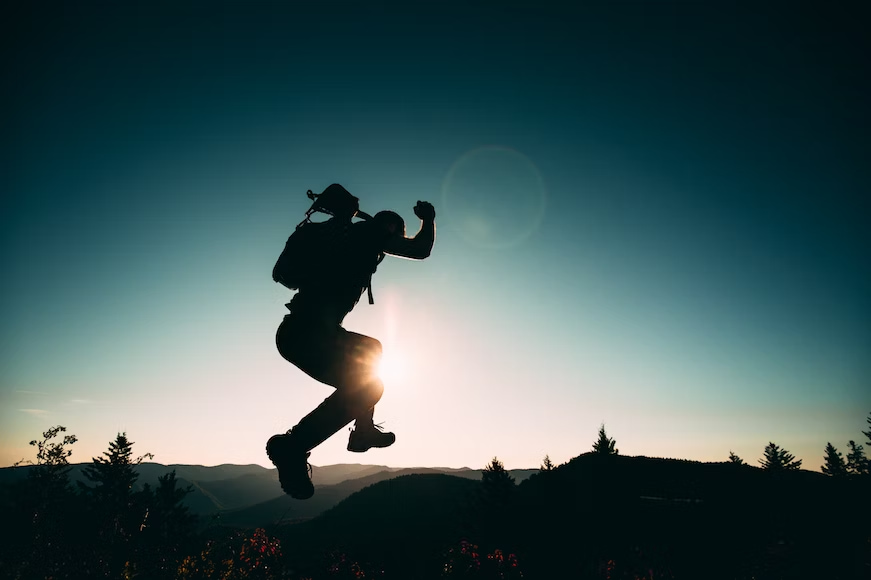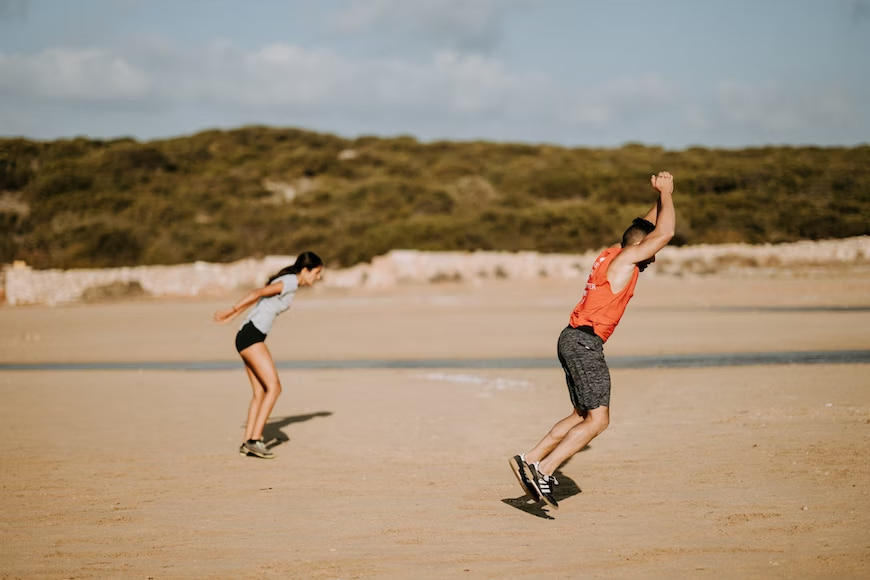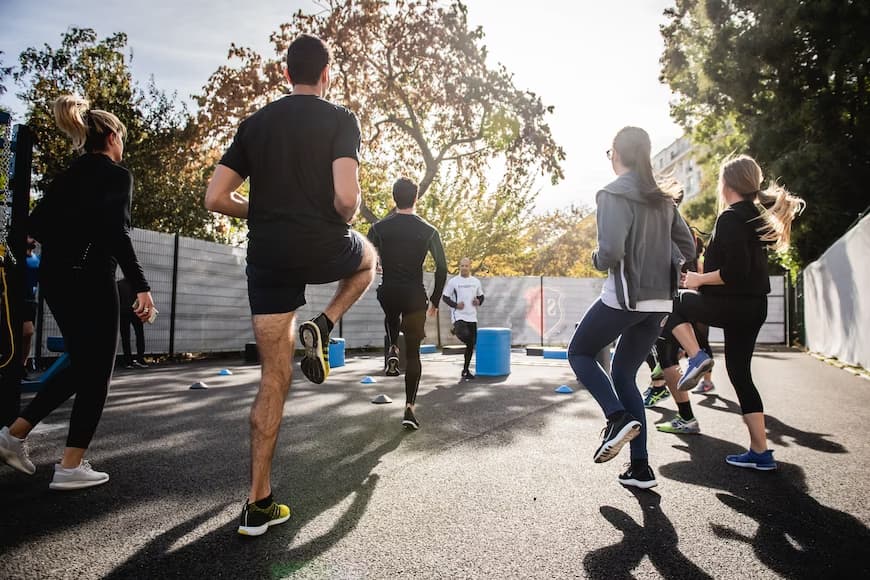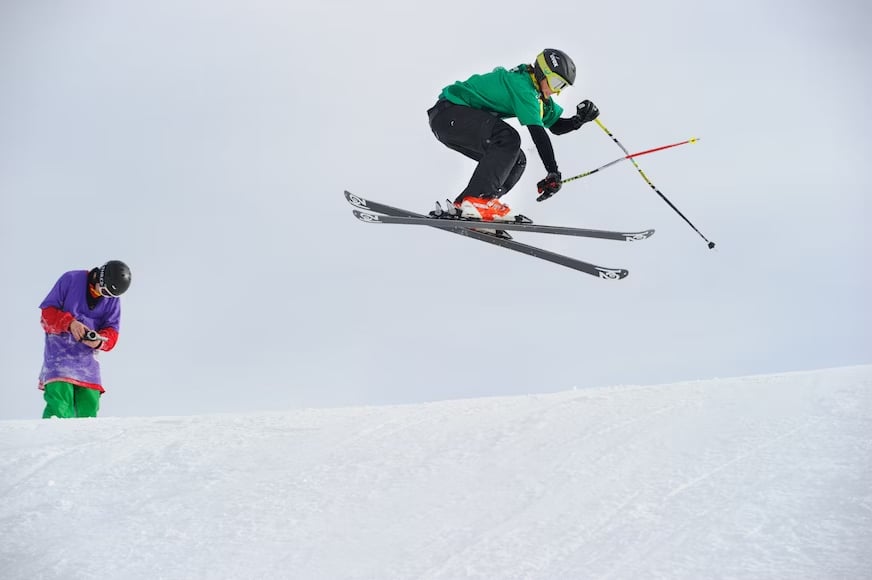Introduction
Ski jump exercise is a workout that is beneficial for ski jumpers. Beyond enhancing well-being and fitness, this exercise is helpful in physical therapy.
In particular, this workout enhances physical performance and prevents injuries. It usually fits into a group of exercises helpful for injury prevention, recovery, and other physical therapy needs.
As such, this post should help you learn the skier jumps exercise and its mechanics. In addition, you should understand how to best incorporate this workout into physical therapy. Keep reading to learn more!
What is Ski Jump Exercise?

Ski jump exercise is a workout that replicates a skier’s movements when propelling for a jump. To perform this exercise, you must jump horizontally as you maintain control and balance.
If correctly executed, this workout works on the muscles you would use to ski, making it easier to engage in this sport. It tones different muscles, which include the abdominal muscles, quads, glutes, triceps, biceps, ankles, feet, adductors, and hamstrings.
Working these large groups of muscular tissues will wear you out unless you are an experienced skier. However, with practice, you should enhance your technique, making it easier to handle.
Regardless of your expertise, you should feel a workout on your calves, adductors, hamstrings, and quads. When skiing injuries occur, this exercise should limit damage and hasten recovery.
Understanding the Mechanics of Ski Jump Exercise

To know the importance of skier jumps exercise, you must understand its mechanics. In particular, you should learn the muscles involved during this workout.
Muscles Worked During Ski Jump Exercise
There are many muscles involved in this exercise. Highlighted below are the body parts you should know.
- Quadriceps: This large muscle sits in front of your thigh. It allows you to extend your knee and generate thrust while jumping.
- Hamstrings: This lies behind your thigh. It allows you to perform hip extension and knee flexion, stabilizing your body when landing.
- Glutes: Glutes refers to several muscles, including the medius, minimus, and gluteus maximus. These muscular tissues also help you with stability and hip extension.
- Core Muscles: Skiing core exercises engage your core muscles, which include the lower back, obliques, and abdominal muscles. Strengthening these areas using this workout maintains proper posture and improves stability.
- Calves: During takeoff, your calf muscles help you achieve ankle plantar movement, which is necessary for lift.
How the Exercise Improves Balance, Coordination, and Agility
Knowing how to do ski jumps exercise offers various benefits. It helps improve balance, agility, and coordination.
Balance – This workout is ideal for developing balance while jumping and landing on a single leg. Also, it strengthens the muscles responsible for stability around your hips, knees, and ankles. As such, consistently performing this workout improves your balance on slopey surfaces.
Coordination – A therapist may recommend this exercise to enhance your coordination. In particular, this training lets you maintain coordination between your lower and upper body, which improves body synchronization.
Agility – This exercise engages several muscle groups responsible for quickness and agility. In particular, a ski jump exercise should help you perform rapid adjustments and navigate complex terrains when skiing.
How it Helps in Injury Prevention and Rehabilitation
A ski jump exercise is an excellent workout for injury prevention and rehabilitation. Therefore, a physical therapist will likely recommend this workout for averting injuries and supporting recovery. It achieves prevention and rehabilitation as follows.
- Strengthening Muscles: This training focuses on muscles required for skiing. In particular, it targets the glutes, hamstrings, and quads. Strengthening these parts prevents muscle strains, ACL tears, and other skiing-linked injuries.
- Balance and Proprioception Training: Performing this workout helps improve your balance and proprioception. Therefore, it makes you more aware of your location in space after a jump. By extension, this activity reduces the chances of falling and accidents on inclined surfaces.
- Rehabilitation: Ski jump exercises are essential for recovery after a skiing injury. Through controlled jumping movements, you can rebuild stability, strength, and range of motion in recovering joints and muscles.
How to Incorporate Ski Jump Exercise into Physical Therapy

You can work closely with your therapists to incorporate this workout into your physical therapy regimen. Below are steps you should take to see positive results.
Warm-up
Before you start any exercise, you must engage in proper warm-up. This pre-workout prepares your body for the main event. Therefore, you should include dynamic stretches and light cardio for best results.
Proper Technique
Knowing the proper technique helps you achieve great results. As such, you should start moving your body from the hips and bend the knees while extending through the legs.
Doing this helps you maintain proper posture. Also, it lets you land softly, which absorbs the impact while your knee is slightly bent.
Begin Slowly
The worst thing you can do is to start a ski jump exercise intensely. Doing this can exhaust and may lead to injuries. Instead, start slowly and gradually upturn the intensity and height of the jump.
Repeat Sets
Aim for at least 10 repetitions if you are new to this workout. With time, you can gradually increase the sets for maximum impact.
Rest and Recovery
Always ensure you rest amid sets. Doing this maintains good form, limits fatigue, and allows you to recover properly.
Seek Physical Therapy
If you have a previous injury or a health condition, you must work with a physical therapist. Closely working with a trained specialist should help you manage your condition. It eases access to personalized help and suitable workout modifications where appropriate.
Conclusion
Ski jump exercise is helpful for skiers who want to enhance their form or recover from an injury. Achieving this requires an understanding of this workout and its mechanics.
Therefore, you should understand the muscles involves when making the jump. Likewise, it helps if you know how the exercise improves balance, agility, and coordination. Using the proper technique should prevent injury and aid rehabilitation.
Finally, closely working with your physical therapist can help incorporate this workout into your physical therapy regimen.


